The big problem for forest growers in Ba Che after storm No. 3 is to collect all products and find outlets for consumption. Acacia is the main crop that helps people quickly escape poverty, but it is a type of tree that is not resistant to storms. Storm No. 3 caused many households to lose all of their planted forest areas.

Immediately after the storm, the district promptly reported to the province on the damage to forestry trees, proposed support policies; at the same time, focused on directing the statistics of seedling sources, and had policies to support people and forestry enterprises to quickly recover production. The district grasped the situation of damage to facilities, materials, and boats of acacia exporting enterprises at Cai Lan port; informed and discussed with enterprises in the district about purchasing forest products for the area of forestry trees damaged after the storm...
According to statistics so far, the entire district has suffered damage of about 18,613 hectares, mainly acacia trees from 2-6 years old, estimated damage of about 586 billion VND. The most severely damaged are Ba Che Forestry One Member Co., Ltd., with about 2,280 hectares of planted forest; Thai Hung Port Joint Stock Company with about 600 hectares of acacia; many tower cranes, 2 tugboats, sunk; many transport ships damaged, about 3,000 tons of chopped acacia chips, 3 conveyor belts, 4 cranes.
For businesses and forest product purchasing and processing units, the Chairman of the District People's Committee requested to unify prices, implement publicly; have measures and solutions to handle, consume, and collect trees that are not old enough to be exploited in the spirit of sharing risks with the people. Currently, the purchase and sale of forestry trees is an agreement between the people and businesses. Mr. Tran Ngoc Thuy (Tan Tien village, Don Dac commune) proposed that some businesses in the district purchase forest products at a low price after storm No. 3. Specifically, before storm No. 3, businesses announced the purchase price of black acacia wood (over 5 years old) at 960,000 VND/ton, the price of white acacia with peeled bark was 1,170,000 VND/ton. After the storm, the purchase price of black acacia wood was only 750,000 VND/ton, the price of white acacia with peeled bark was 950,000 VND/ton. Faced with that information, the District People's Committee quickly held a meeting with acacia wood chip businesses on solutions to stabilize production, purchase, and process wood after storm No. 3.
Explaining the situation of the decrease in the purchase price of acacia wood after storm No. 3, Ms. Pham Thi Xuan, Finance Director of Thai Hung Port Joint Stock Company, said: Due to heavy damage to construction assets, factories, equipment, and machinery, businesses no longer have space to store acacia chips, and are focusing on repairing and overcoming the consequences after the storm. At this time, the export of acacia chips to the Japanese and Chinese markets has been suspended due to severe damage to conveyor belts, cranes, and other equipment, sunken and damaged ships, and blocked waterways. This is the peak time for timber exploitation in neighboring countries, so the purchase price of acacia chips will decrease significantly. Along with that, due to the large area of acacia trees in the district that were broken and felled after the storm, the amount of young acacia and poor quality acacia is large, leading to a decrease in the purchase price of acacia wood.
According to Ms. Xuan, people need to make every effort to fully exploit the broken and fallen acacia areas, proactively repair and restore the fallen acacia areas that are not broken or fallen. When exploiting, the acacia bark must be peeled off, and acacia groups must be classified by age so that businesses can purchase wood at the correct market price, and absolutely not force people to pay more in this difficult context. Businesses will publish a price list so that people can grasp it and implement it together with businesses.

The Chairman of the District People's Committee requested forestry enterprises to accompany and support people in purchasing acacia at the highest possible stable price to share and create conditions for affected households to have the opportunity to recover forestry production as quickly as possible. The People's Committees of communes and towns informed and guided people to urgently harvest the entire area of broken and completely fallen trees, classify wood according to age, peel off the acacia bark... to increase the value of finished products. Fallen but not broken trees can be harvested later, avoiding massive harvesting at low prices. Functional agencies and units are interested in supporting and creating all favorable conditions for the circulation and transportation of wood and acacia chips in the district. Owners of acacia transport vehicles and other means of forest exploitation equipment do not increase prices, join hands to support people, and stabilize prices.
Source



![[Photo] General Secretary To Lam meets with the Group of Young National Assembly Deputies](https://vphoto.vietnam.vn/thumb/1200x675/vietnam/resource/IMAGE/2025/6/24/618b5c3b8c92431686f2217f61dbf4f6)
![[Photo] Close-up of modernized Thu Thiem, connecting new life with District 1](https://vphoto.vietnam.vn/thumb/1200x675/vietnam/resource/IMAGE/2025/6/24/d360fb27c6924b0087bf4f288c24b2f2)
![[Photo] The 9th Party Congress of the National Political Publishing House Truth](https://vphoto.vietnam.vn/thumb/1200x675/vietnam/resource/IMAGE/2025/6/24/ade0561f18954dd1a6a491bdadfa84f1)

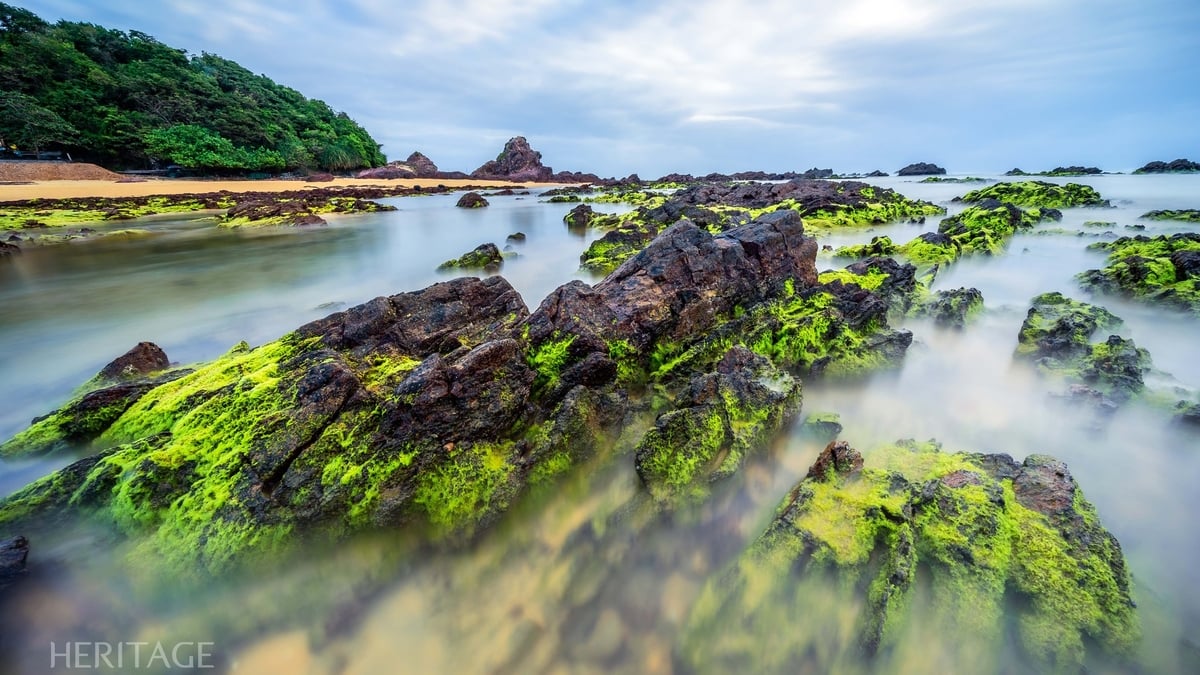
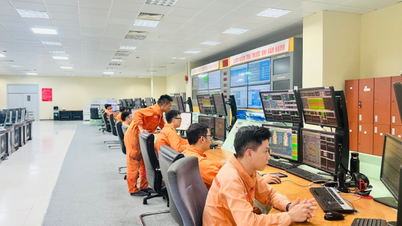



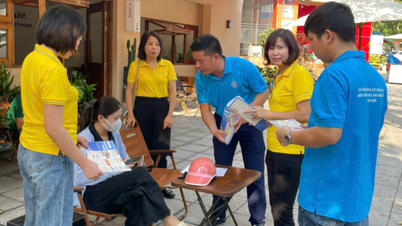

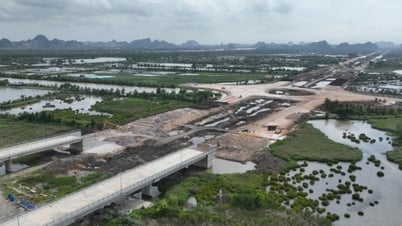





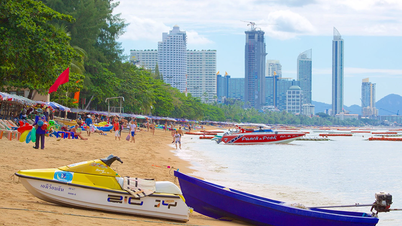

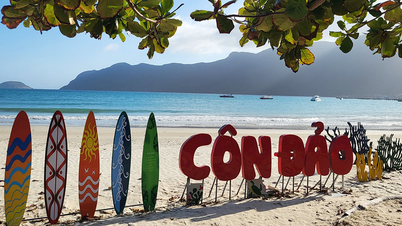
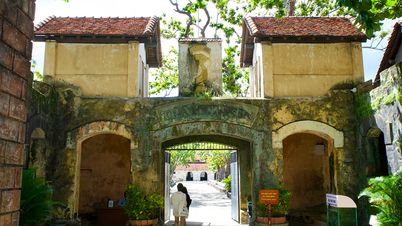
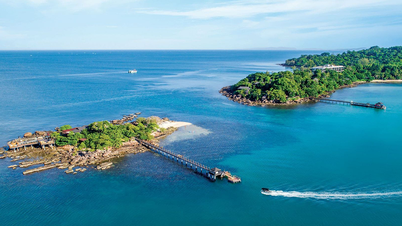
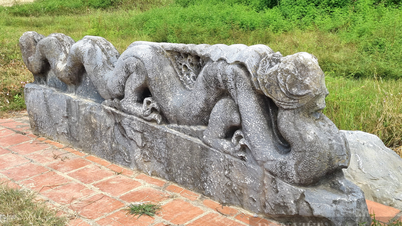

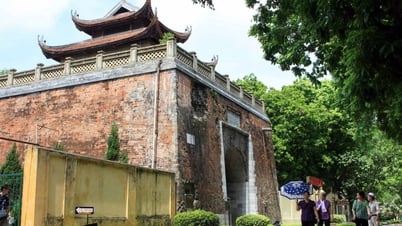

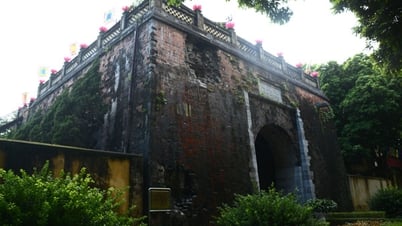

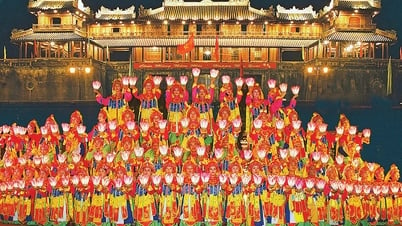



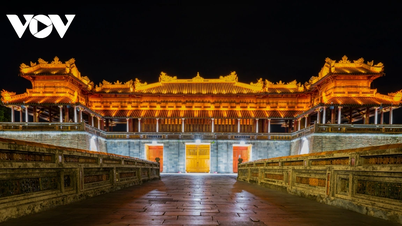

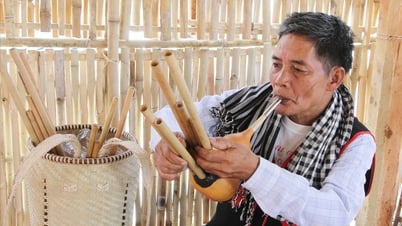





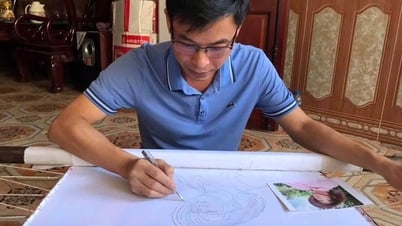






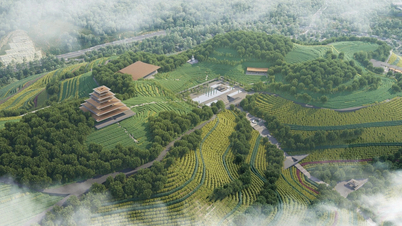






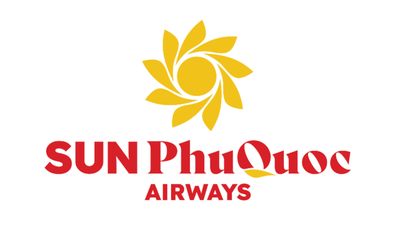

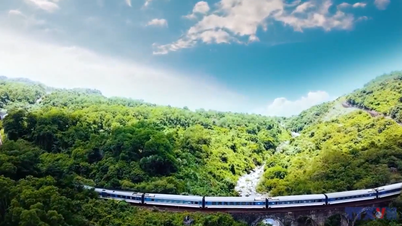






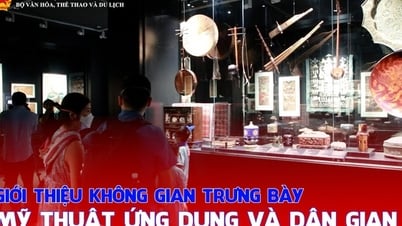

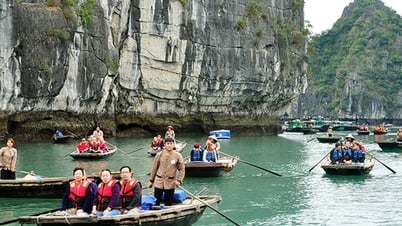

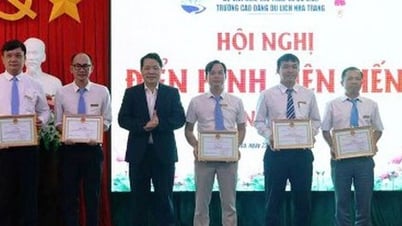

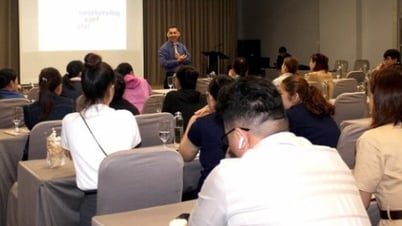
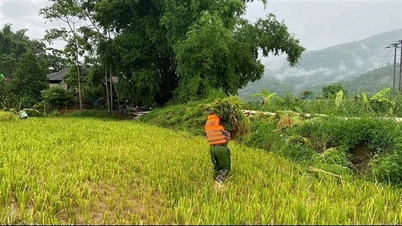

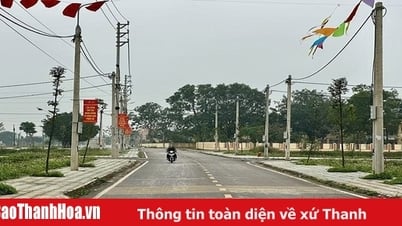

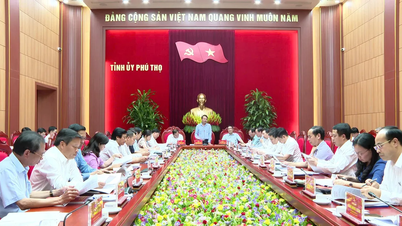

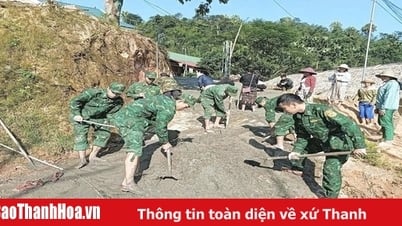

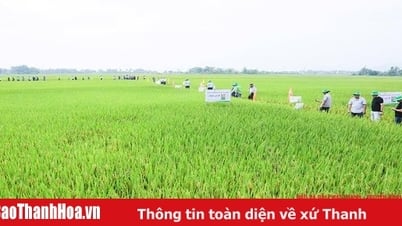













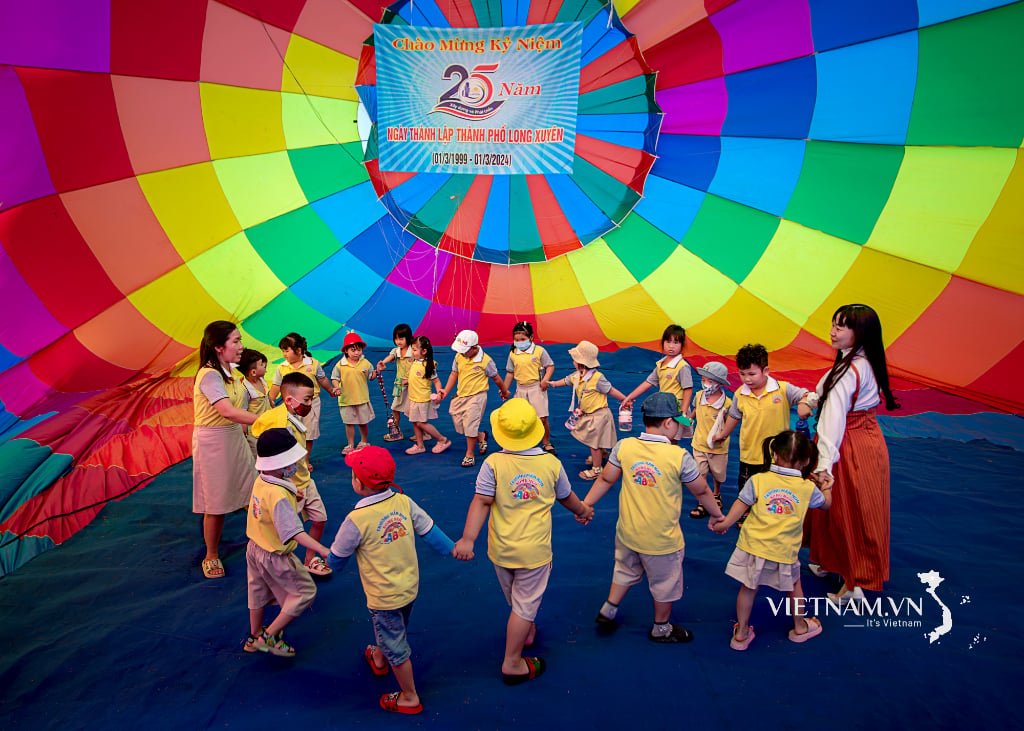
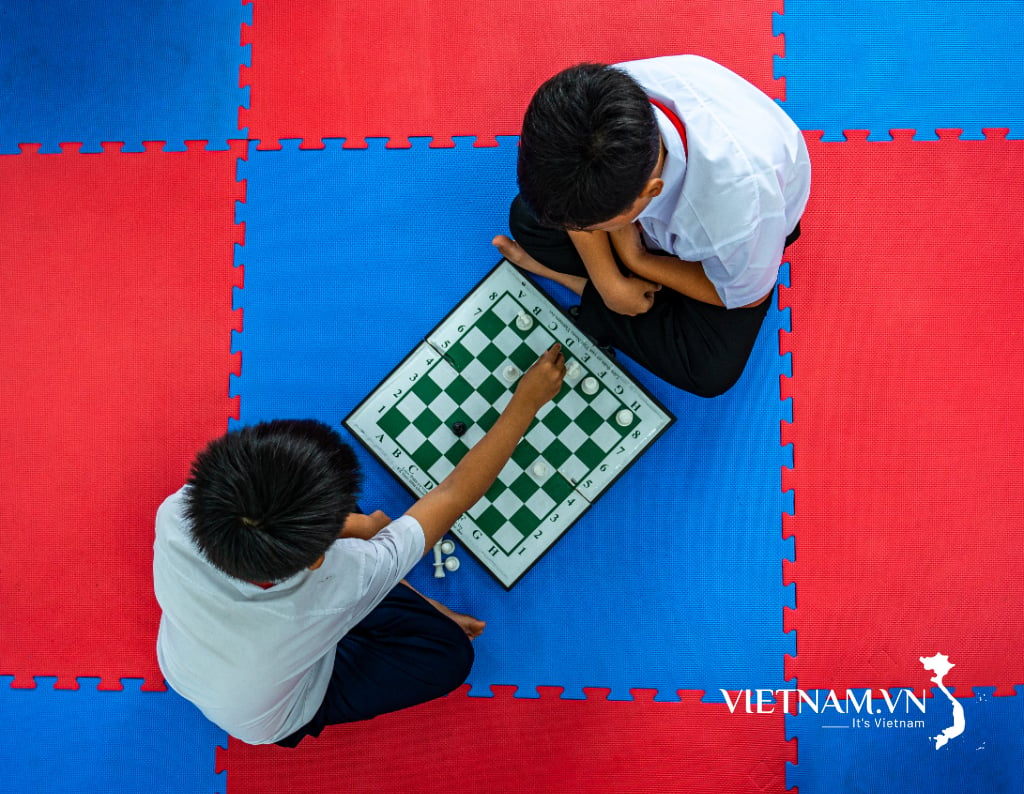

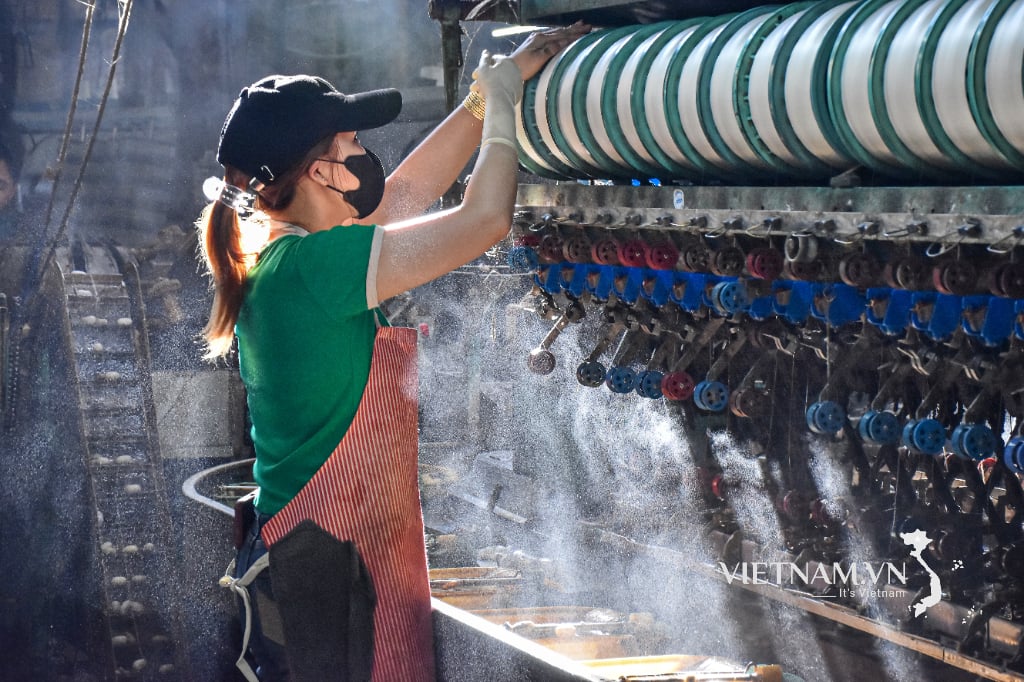
Comment (0)